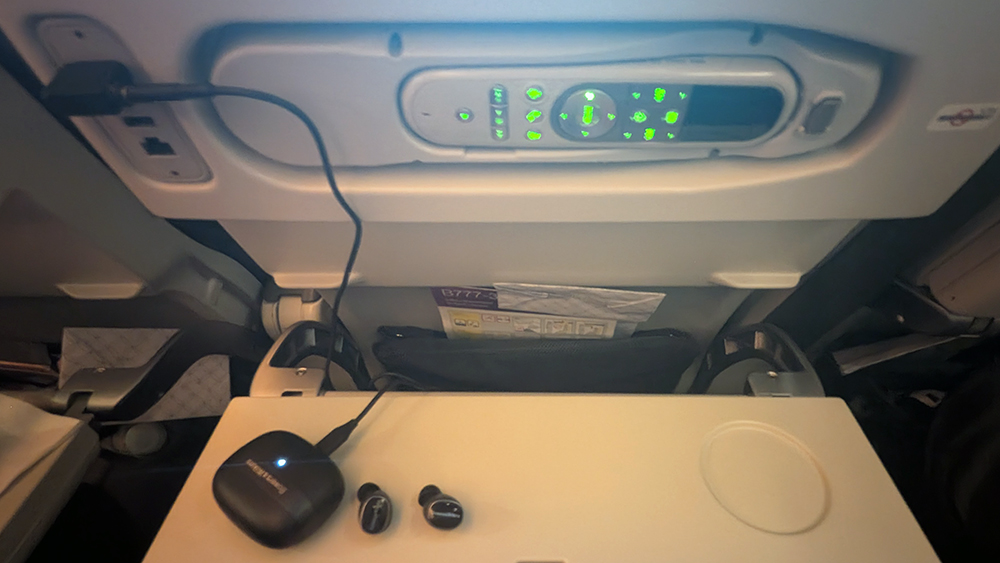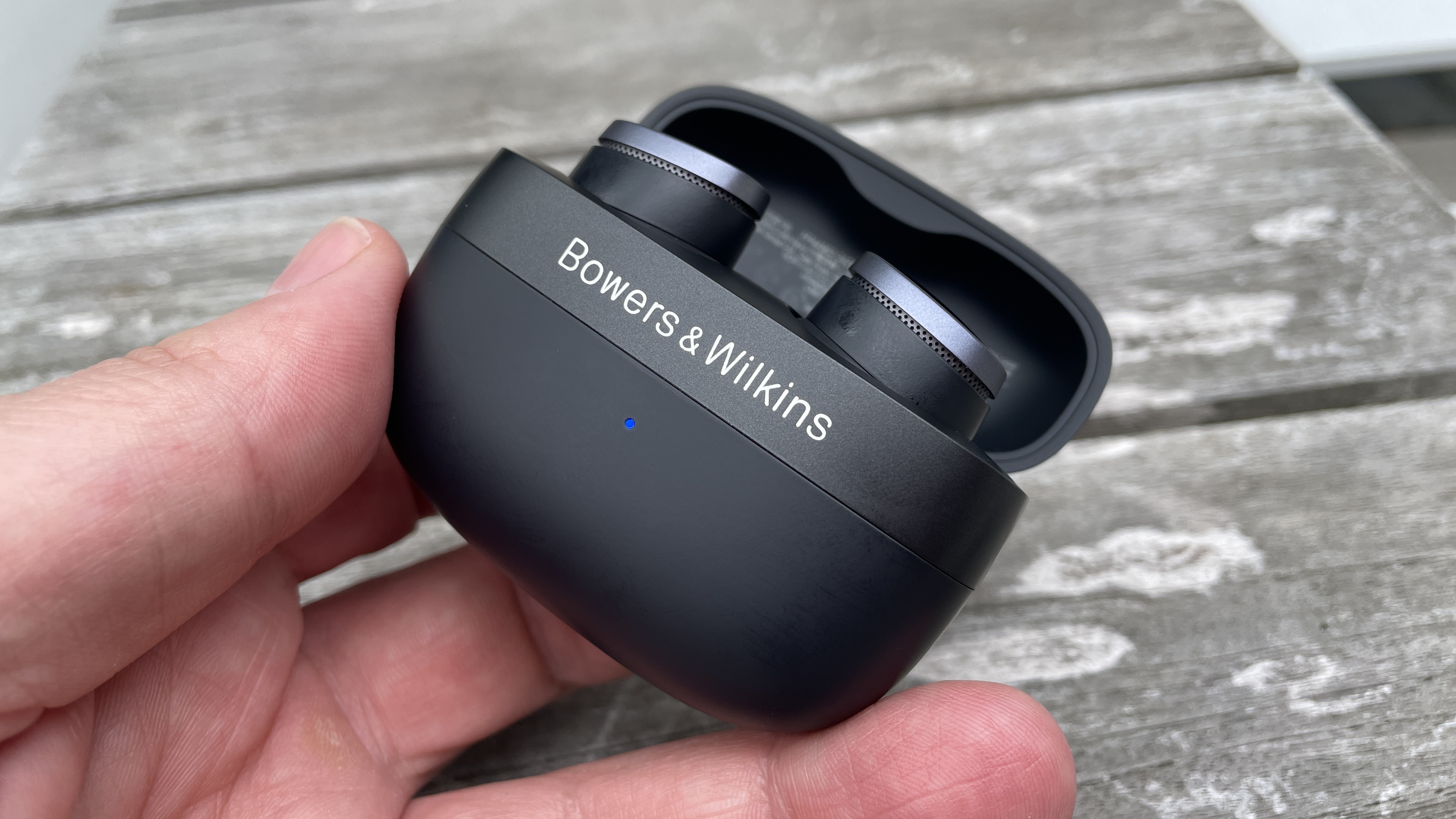
We’ve all had it: that flash feeling of panic when the air steward starts handing out the in-flight headsets and you pray you haven’t forgotten your own wireless headphones cable (and in-flight adaptor). Hopefully, fewer of us have experienced that panic turning to anguish upon realising we have indeed forgotten it and will have to spend hours in the company of flimsy, poor-sounding plastic if we want to line up the entertainment system’s latest blockbusters and avoid a 'plane raw-dogging' PB.
But even if you do have that all-important cable handy – phew – you’re tethered either to your seat’s armrest or the seat in front of you. Unless, of course, you’re travelling thousands of feet up in the air on one of those fancier planes that can now output their in-flight entertainment systems’ sound via Bluetooth, or have purchased a Bluetooth transmitter like the AirFly.
I recently flew the blink-and-you’ll-miss-it journey from London to Melbourne with my trusty T+A Solitaire T Bluetooth over-ears (cable packed!) and a brand-new sample of Bowers & Wilkins’ Pi8 wireless earbuds, and the latter has a niche feature I didn’t expect to benefit from so much.
Like their Pi7 and Pi7 S2 predecessors, the Pi8 come with a charging case that can accept audio signals via a USB-C socket and wirelessly ‘retransmit’ them to the earbuds. So you can plug in, and play from, legacy devices that don’t have Bluetooth transmission – such as an in-flight entertainment system!
I hadn’t planned on using the feature aside from briefly testing that it worked – the lightweight T+A over-ears are, in my opinion, much more comfortable to wear for longer durations than even some of the best wireless earbuds I’ve tried – but it just so happened that, two-and-a-half films into the long-haul, my head started to feel a little burdened by the slight headband pressure over such a period. So, out came the Pi8 earbuds and their supplied 0.8m-long 3.5mm-to-USB-C cable, which I connected between the system and case before tucking the latter away in the seat pouch, and within 30 seconds I was returning to Five Nights At Freddy’s with good clarity, volume and syncing. The earpieces felt refreshingly lightweight and I appreciated the untethered freedom – especially during a bathroom visit. “How handy!” I thought. Carried away, I ended up (regrettably) swapping sleep for a fourth film, Wonka, and pledging the earbuds would make my audiophile travel guide.

Now, if you are an Earbuds Person and don’t have the budget or luggage space for over-ears when travelling long-haul, wouldn’t this feature be a game changer on flights? It’s not a function I've seen on any other earbuds, although a Google search enlightened me to its inclusion on some LG Tone Free earbuds… and that appears to be more or less it. In our 2021 B&W PI7 review, we rightfully called the industry-first “an impressive USP”, and I’m surprised it hasn’t been pounced on by every Tom, Dick and Harry in the headphone market in the past three years. Please consider this a rallying cry to earbuds makers for that to change.
Airplane systems aside, you could of course use the retransmitting case to hook up a laptop, which itself will almost certainly only support a very lossy Bluetooth codec. The Pi8 case, however, can transmit in aptX Adaptive at up to 24-bit/96kHz quality, which trumps plenty of Bluetooth sources.
In a wireless earbuds world full of quirky features that are there to stand out from the crowded pack – cases with touchscreens, cases that can ‘spatialise’, cases that self-clean, etc. – this to me seems like the most practical of all.
MORE:
Hot off the press! Read our Bowers & Wilkins Pi8 review
The best wireless earbuds you can buy, picked by our in-house experts
My biggest problem with Bose's flagship ANC earbuds has finally been fixed
I switched from Spotify to Apple Music with this app that saved my playlists (and sanity)







